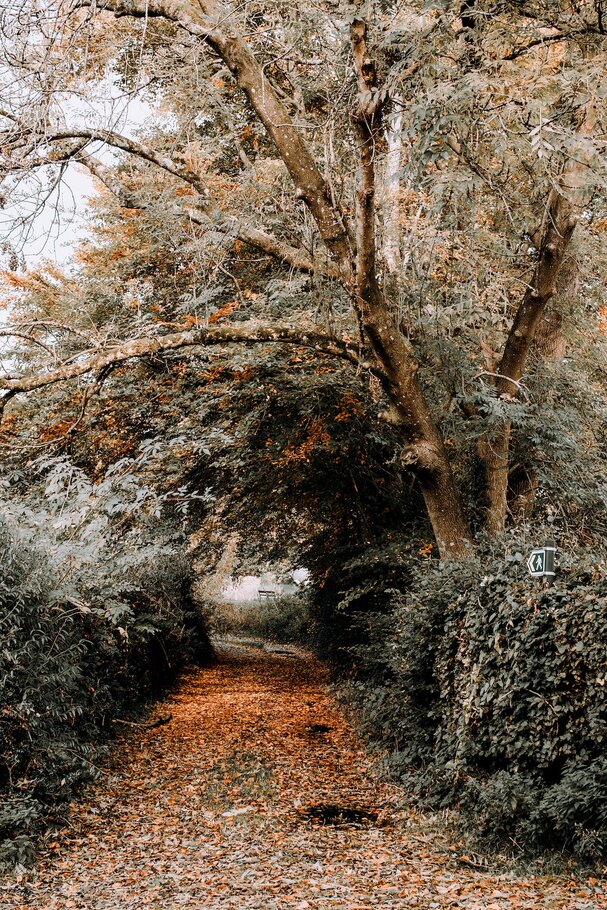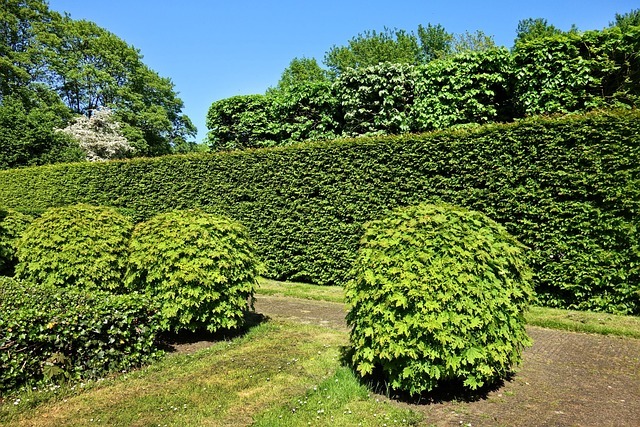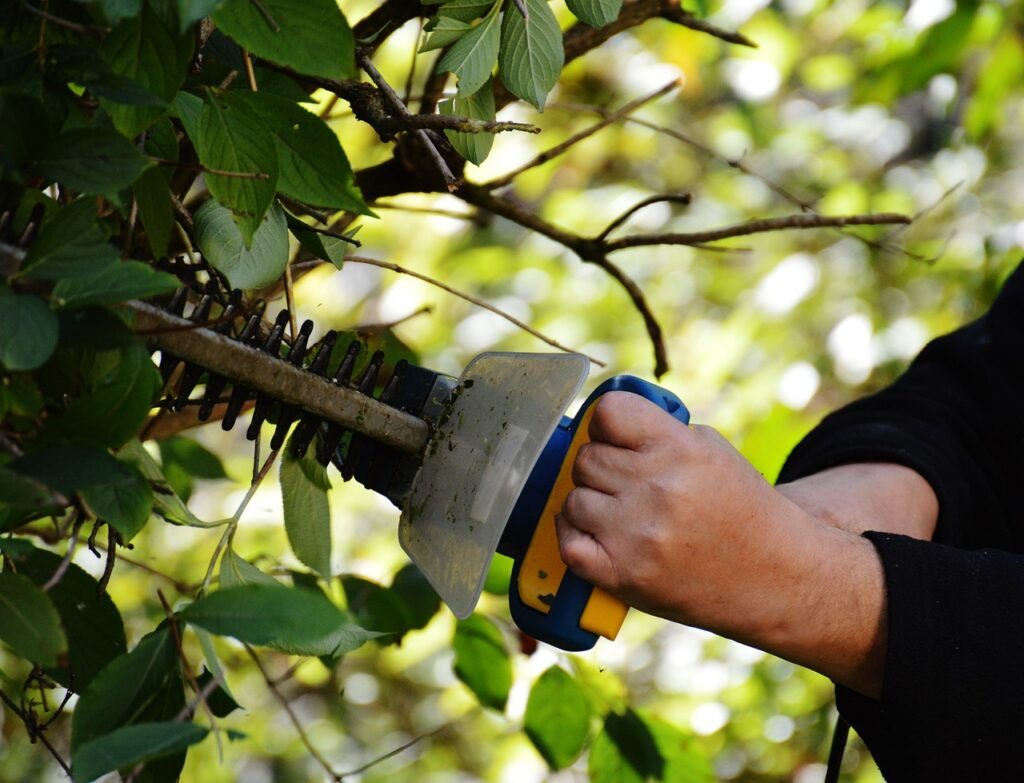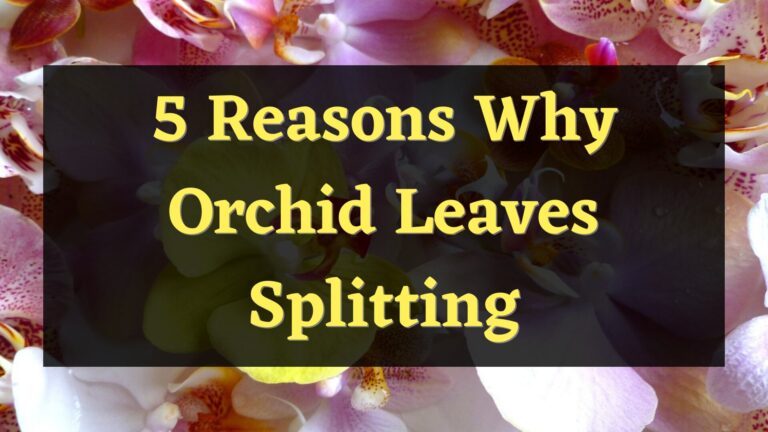There are many factors that may contribute to your hedges dying. These include improper growing conditions, diseases, and insect problems. However, a combination of preventative and corrective measures can keep your hedges in optimal condition. Dying hedges will respond properly if they are given the right care and maintenance, depending on the original reason why they are in that condition.
6 Reasons why hedges are dying

Diseases
Hedges are living things and are also very vulnerable to diseases. Many varieties of hedges have diseases that are very specific to that variety. However, if you know what type of hedge you have, you can easily find out what diseases your plant has contracted and the best medicines to treat them. Privet hedges, for example. They are very susceptible to a honey fungus that attacks and kills their roots. Disease most likely attacks older and weaker plants. If you have dealt with current problems, your ongoing treatment should be sufficient to prevent the disease from spreading from then on.
Dry weather
Dry weather is the last thing that your hedges want if they are to remain healthy and green. Dry weather and low humidity cause water to be drawn from the soil and the leaves of your hedge. This will result in your hedges not getting enough water, turning their leaves brown and their twigs brittle. Unfortunately, there isn’t much that you can do in this situation except give your plants more water than usual.
Insect
Hedges provide an ideal environment for insects to eat and breed, as insects like dark and dense plant environments. Infestations are very common for these plants and can often become seasonal. However, when you keep a close eye on your hedges over time, it will be easier to understand when and where the insects are most prevalent so that you can prepare the right measures to deal with them.
Soil pH level
If you are new to planting hedges, it is important to know the pH balance of your soil so that your plant can grow healthy. The ideal pH level for hedges to ensure that they receive sufficient nutrients is 7.0. pH imbalance can cause the hedge’s leaves to have stunted growth or worse die out.
Water level
It is difficult to measure the water beneath the soil, so having good drainage will benefit your hedges for better or worse. Poor drainage and a little bit of overwatering can cause your plant to die, and on the other hand, if the water drains too quickly, your plant will starve. Luckily, this problem is really easy to fix, and there are many solutions for this kind of problem.
Overgrown
Like humans, plants also tend to get weaker and they would reach a point where they wouldn’t look just as good as before. Poor maintenance can cause your hedge to overgrow. Poor pruning and neglecting them are obvious reasons why your hedge is getting out of hand as suffers from overgrowing.
How do you revive a dying hedge?
- Depending on the extent of the disease that your hedges have caught, you may need to take dramatic steps to prevent further damage. You may need to do a lot of pruning to cut back the affected areas. This is best done in the spring or fall when your hedges have time to recover in accordance with the seasons.
- There is not much that you can do when dry weather comes. The only thing that you would need to make sure of is that your hedges have enough water so that they won’t completely dry out. Regularly check the soil around your hedges, and do not hesitate to give them water once the top inch of the soil starts drying out.

- There are numerous methods for dealing with ongoing insect problems in your hedges. You can try using insecticides, soapy water, and nematodes. Insecticides are the least recommended solution because they can harm the surrounding ecosystem. Soapy water is the easiest and most cost-efficient. It is also very effective at removing insects from your hedges.
- If you have acidic soil that has a pH level of 0 to 6, you can try applying limestone or wood ash to raise its pH level. And if you have alkaline soil that has a pH level of 8 to 14, applying sulfur and peat is recommended. However, the simplest approach would be to use fertilizers, composts, or just good mulch.
- If your soil has become waterlogged, you can simply add sandy soil. This will improve the water flow in the soil around your plant. And if the soil drains water too quickly, resulting in dryness, you will just need to add compost to give the said area the ability to retain water much better than it did before.
- Prune your hedges once or twice a year to encourage the growth of new foliage. But keep in mind to only do hard pruning in the spring and autumn. Too early or too late would encourage new growth, which wouldn’t harden before the cold winter. Pruning in the middle of summer will make it impossible for your hedge to recover.
How to keep hedges healthy
There are many ways to keep your hedges healthy. Here are some of the simplest and easiest ways to take care of your plant so that it can grow healthy and vigorously.

- Keep your hedge thick and dense.
- Prune them at the right time.
- Encourage native shrubs.
- Encourage flowers and grasses to thrive at their bases.
- Don’t cut too frequently or tightly.
- Plant new trees around your hedge.
- Rejuvenate your hedges.
- Plant species that are compatible with your hedge.
- Link them to other things to fill in the gaps.
- Explore your hedge.
Conclusion
There are many reasons why hedges are dying as there are many ways to treat them. Every problem that your hedges will and have encountered has its corresponding treatment. Unless they are already dead, you do not need to be concerned about their condition if they begin to regress because it is most likely to be curable.
Meet Tomas Clayton, a seasoned plant gardener who has been passionate about horticulture since he was a child. Tomas John developed a love for the natural world and a strong appreciation for the beauty of plants while growing up on a farm.









